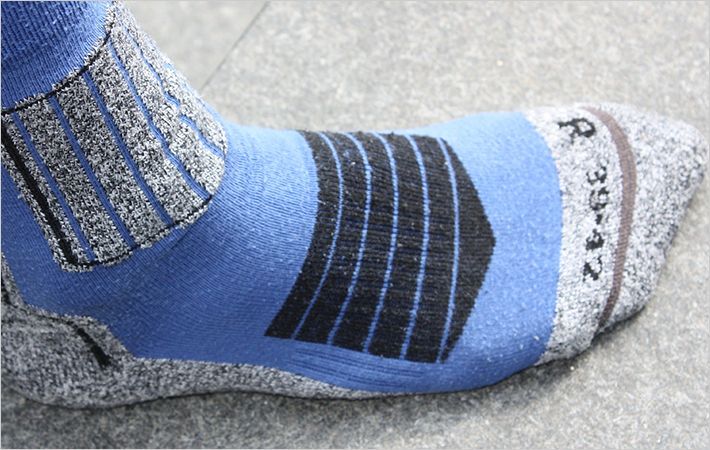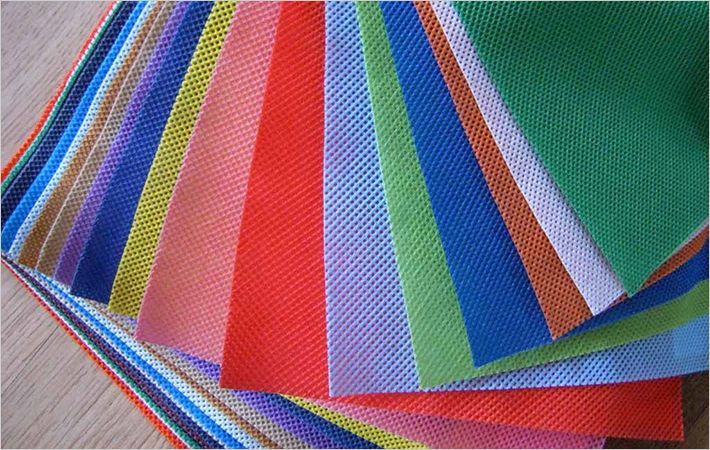CompoSIDE, composite modelling expert, and Chomarat, an independent industrial group and a leading player in the textile field, joined hands to promote the usage of composites at the 2015 Composites Europe trade show, held from September 22 to 24, 2015, in Germany.
The companies are working in partnership with Professor Steve Tsai of Stanford University. Based on Professor Tsai's recent theory, this new joint project aims to make composites easier to use, with cost and time savings in their design, modelling, and production.CompoSIDE, composite modelling expert, and Chomarat, an independent industrial group and a leading player in the textile field, joined hands to #
Philippe Sanial, Chomarat group director of R&D said, “This partnership brings together serious players and leading edge technologies, enabling us to pursue our strategy to optimise the three phases of design, modelling and production, with cost savings to boot. This approach is part of our Innovation strategy. Chomarat works hand in hand with research centres, competitiveness clusters and industrial producers, with the ambitious objective of making composites more accessible.”
Professor Tsai's theory uses the Trace term, a simple invariable in matrix algebra and fundamental parameter for composite materials. It reveals that stiffness and strength data for all modern carbon-polymer composite laminates converge to almost identical values. This universal stiffness means that linear scaling can be used to dimension laminate parts just like homogeneous materials. This saves considerable time in the design phase, as only a few simple tests are necessary, according to Professor Tsai.
Julien Sellier, managing director of CompoSIDE said, “Tracebased scaling removes many of the complexity and cost barriers to using composites. By incorporating the approach within CompoSIDE, we make the theory of composites and their solutions much more accessible to designers across all market sectors.”
The C-Ply carbon composite reinforcements developed by Chomarat features architectures developed jointly with Steve Tsai and the Stanford Composites Design Team (thin-ply, off-axis angles, hybrids), to produce more resistant, lighter and homogeneous composite structures. They are also designed to reduce the cost of using parts in prepreg/ATL technology (with C-Ply bi-angle SP) and in closed mould processes, through the optimised control of the deformability and permeability of the reinforcements, according to a press release. (GK)
Fibre2Fashion News Desk – India

